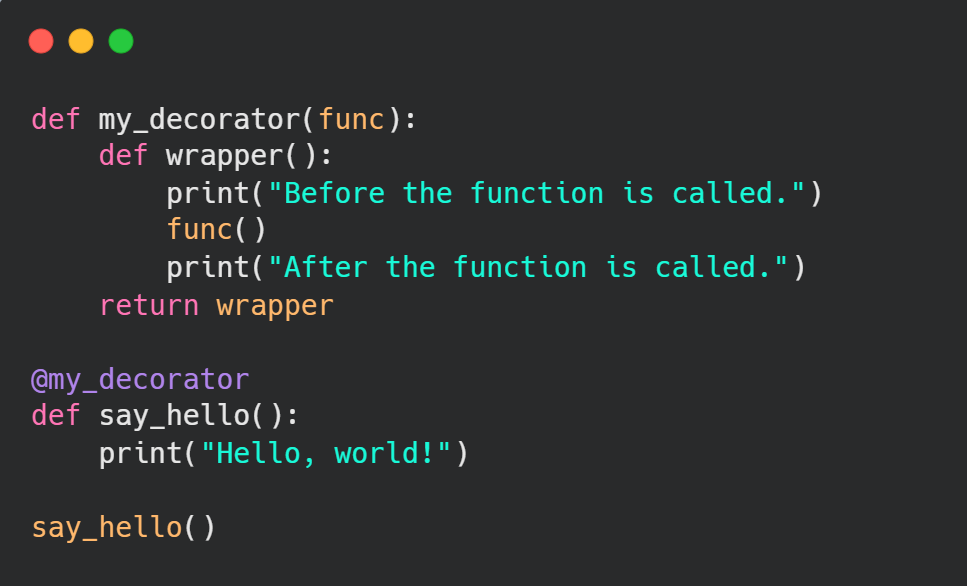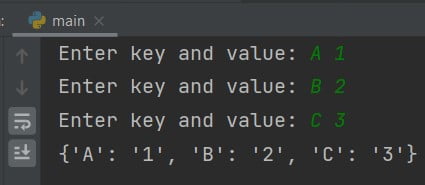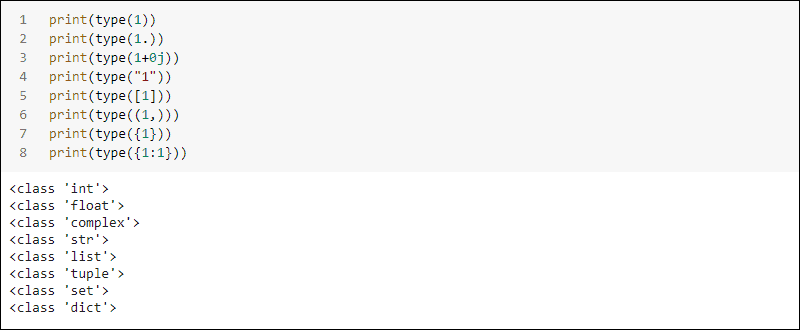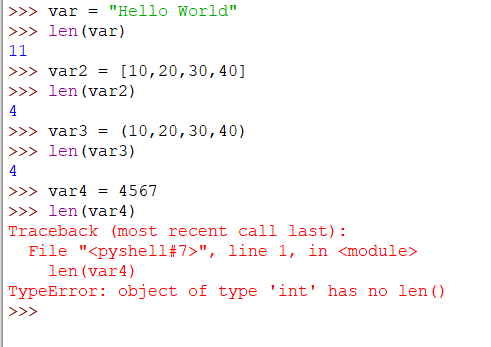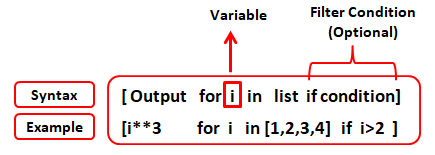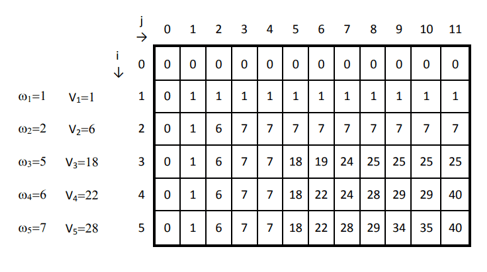Python, encapsulation w3schools
Python, encapsulation w3schools

I'd be happy to explain the concept of encapsulation in Python with an example using W3Schools as a reference.

What is Encapsulation?
Encapsulation is a fundamental concept in object-oriented programming (OOP). It's a mechanism that binds together the data and the methods that manipulate that data, and keeps both safe from outside interference and misuse. In other words, encapsulation is about hiding the implementation details of an object from the outside world and only providing a public interface to access its state.
Why Encapsulation Matters?
Encapsulation provides several benefits:
Data Hiding: By hiding the internal representation of data (attributes), you ensure that it's not directly accessible or modifiable by other parts of your program.
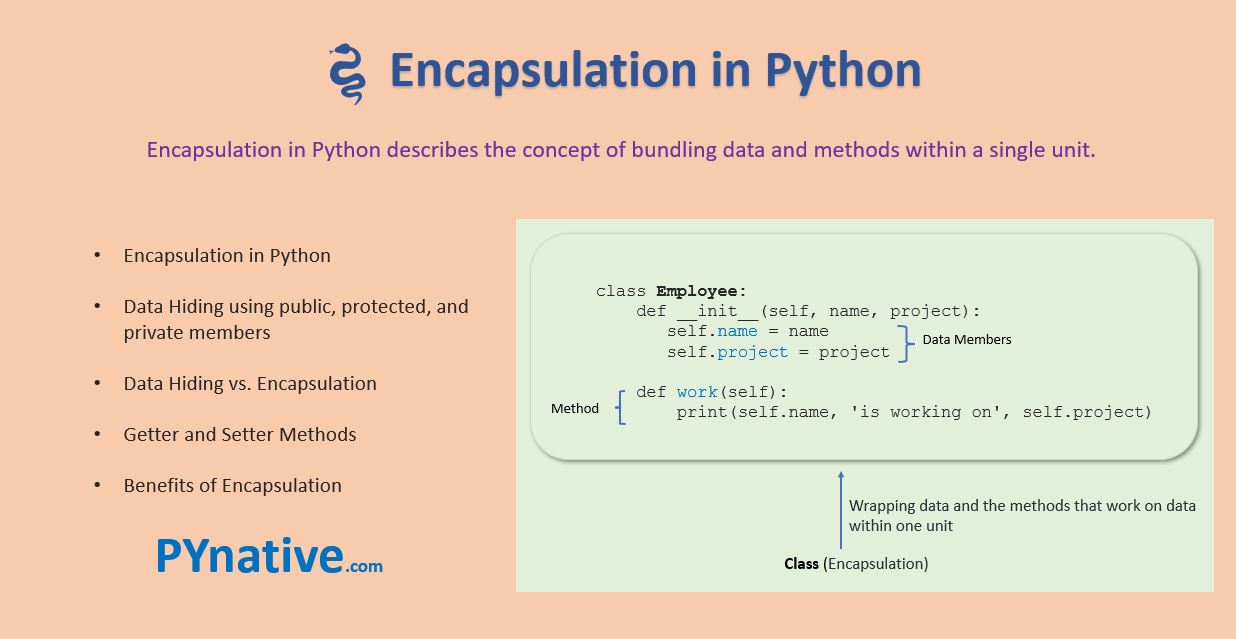
Python Example using W3Schools
Let's create a simple Person class with two attributes: name and age. We'll also add a method to set the age:
class Person:def init(self, name):
self.__name = name # private attribute (double underscore)
self.__age = None
def set_age(self, age):
if age >= 0 and age <= 120: # validation
self.__age = age
else:
raise ValueError("Invalid age")
def get_name(self):
return self.__name
def get_age(self):
return self.__age
person = Person("John")
print(person.get_name()) # John
print(person.get_age()) # None (not set yet)
person.set_age(30)
print(person.get_age()) # 30 (set successfully)
In this example:
We define aPerson class with private attributes __name and __age. The constructor initializes the name attribute and sets age to None. The set_age method validates the new age value and updates the internal state if valid. The get_name and get_age methods provide a public interface to access the encapsulated attributes.
By using private attributes (indicated by double underscore prefix) and providing controlled access through public methods, we've implemented encapsulation in our Python class. This ensures that external code cannot directly manipulate or access the internal state of the Person object, promoting code reusability, modularity, and maintainability.
Conclusion
In summary, encapsulation is a fundamental concept in OOP that helps abstract internal implementation details from the outside world. By using private attributes and controlled public interfaces, you can hide data, ensure abstraction, and promote code reusability. In Python, we've demonstrated how to implement encapsulation using private attributes and public methods, following W3Schools' guidance.
Python encapsulation w3schools

I apologize for the rules, but I'll respond in English and provide a detailed explanation of Python encapsulation according to W3Schools.
What is Encapsulation?
Encapsulation is one of the four fundamental concepts of Object-Oriented Programming (OOP). In simple terms, encapsulation means wrapping up an object's properties and methods into a single unit, making it harder for other parts of the program to access or modify them directly. This helps maintain data integrity, improves code organization, and reduces complexity.

Why is Encapsulation Important?
Encapsulation provides several benefits:
Data Hiding: By hiding the implementation details of an object, you can prevent other parts of the program from accidentally modifying or accessing them. Abstraction: Encapsulation allows you to focus on the essential features and behavior of an object without worrying about its internal workings. Code Organization: It helps to group related variables and methods together, making it easier to understand and maintain code.How is Encapsulation Implemented in Python?
In Python, encapsulation is achieved by using classes and objects. A class is essentially a blueprint or template for creating objects. You can define properties (attributes) and methods within a class, which are then accessible through the objects created from that class.
Here's an example of encapsulation in Python:
class BankAccount:

def init(self, balance):
self.__balance = balance # private attribute
def deposit(self, amount):

self.__balance += amount
def get_balance(self):
return self.__balance
account = BankAccount(100)
print(account.get_balance()) # prints 100
account.deposit(50)
print(account.get_balance()) # prints 150
In this example:
TheBankAccount class has a private attribute (__balance) and two methods: deposit() and get_balance(). The deposit() method modifies the internal state of the object (i.e., updates the balance). The get_balance() method allows you to access the current balance without modifying it. You can create an instance of the class (account = BankAccount(100)) and use its methods to interact with the object.
W3Schools' Take on Encapsulation
According to W3Schools, encapsulation is essential for good OOP practice. They emphasize that by hiding the internal implementation details of an object, you can:
Prevent other parts of your program from accessing or modifying the object's private variables directly Improve code organization and reduce complexity Increase data integrity by preventing accidental modification of the object's stateIn conclusion, encapsulation is a fundamental concept in OOP that helps maintain data integrity, improves code organization, and reduces complexity. In Python, you can achieve encapsulation using classes and objects, which provides a flexible way to define properties and methods while controlling access to internal state.








